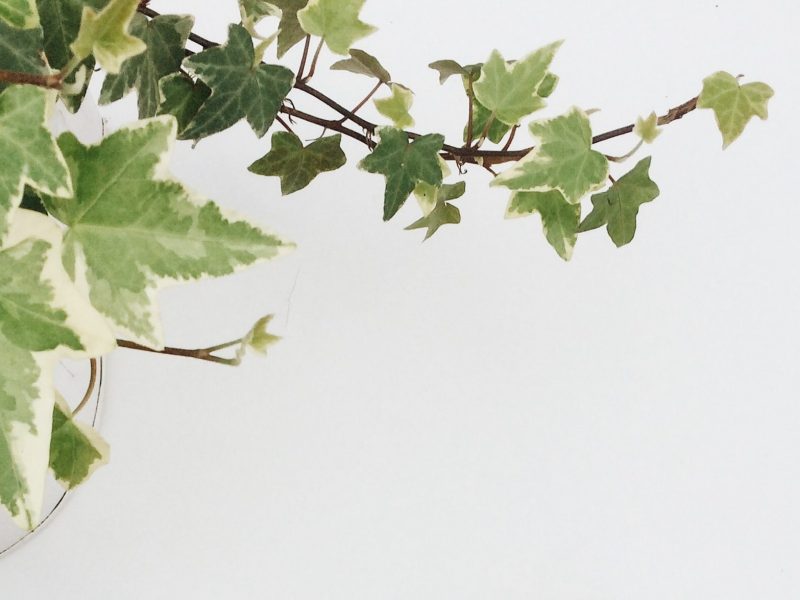
Loved for their fast-growing habits and ability to grow either outdoors or indoors, the English Ivy is a great staple houseplant to have around. It’s relatively low maintenance and can produce some incredible variegated leaves. However, just because they are less sensitive than a lot of other houseplant types, your English Ivy is still prone to suffering from the same common problems, notably yellow leaves.
If you have noticed that your English Ivy has developed yellow leaves, or you have found yellow patches or spots on the leaves, then this is a sign that something is wrong with your plant. Luckily, diagnosing the cause of yellow leaves on English Ivy plants is relatively simple as there are three main causes. We will go through each of the causes below, outlining how to treat the issue and prevent it from causing any more yellow leaves on your English Ivy in future.
Overwatering is the most common cause of yellow leaves
The most common reason why English Ivy plants develop yellow leaves is overwatering and subsequent root rot. To establish whether this is behind the yellow leaves on your English Ivy, it’s best to take your plant out of its pot so you can feel the moisture in the potting mix, as well as get a good look at the health of the root system.
If the potting mix is waterlogged then replace it immediately. Don’t wait for it to naturally dry out as this risks causing more harm to your English Ivy and causing more yellow leaves. You also want to trim away any soft or rotted roots as these won’t be able to deliver needed nutrients to your plant anymore.
Over the next few weeks, adjust your watering schedule so that you are watering your English Ivy less frequently or with less water than you were doing before so that it can start to recover. Using a moisture meter is a great way to know how often your English Ivy needs water and will really help to avoid overwatering again and causing more yellow leaves.
Top tip: You will also want to adjust your watering schedule depending on the seasons, to ensure that you are cutting down on watering over the colder, darker months of autumn and winter.
Chemical sensitivity might be causing the yellow leaves
English Ivy plants can actually be a little sensitive to fluoride that you find in tap water. This is usually fine and more often than not you won’t really notice a visible difference on your English Ivy. However, if you live in a particularly hard water area, over time these minerals can build up in the soil and around the root system and cause some damage to your plant.
There are a few ways to make sure that the water you give them has a lower level of fluoride or other chemicals. Firstly you can leave a jug of tap water for around 24 hours to allow for a lot of the chemicals to evaporate.
You can also use collected rainwater which is a lot better for your plants than the treated water that comes out of your tap. Some plant parents also have a filter system for their houseplant water but we find that the methods above work just as well!
Pests
If the yellowing is not so consistent on the leaves of your English Ivy and shows up as small spots or little patches across your plant then pests could be behind it. Take a quick look over the plant for any unwanted insects (using a magnifying glass can really help here). If you do spot pests, isolate your plant away from any of your other houseplants to stop the pests from spreading then shower your English Ivy and treat with an insecticide.
Those are the 3 main causes of yellow leaves in English Ivy plants. Overwatering and pests are the most worrying issues as these can cause plant death a lot sooner than a lack of nutrients. Once you have figured out what is causing the yellow leaves on your English Ivy, it’s important that you take the right steps immediately to start treating the problem.
Moving forward, it’s good to get into a habit of regularly checking your plants to spot any early warning signs (not just yellow leaves) that something might be wrong. The earlier you spot any issues, the better chance you will have at fixing the issue and getting your plant back to its healthy self without any yellow leaves or other issues.
To learn more about how to best take care of your plant (and avoid any more problems), take a look through our detailed English Ivy care guide.














